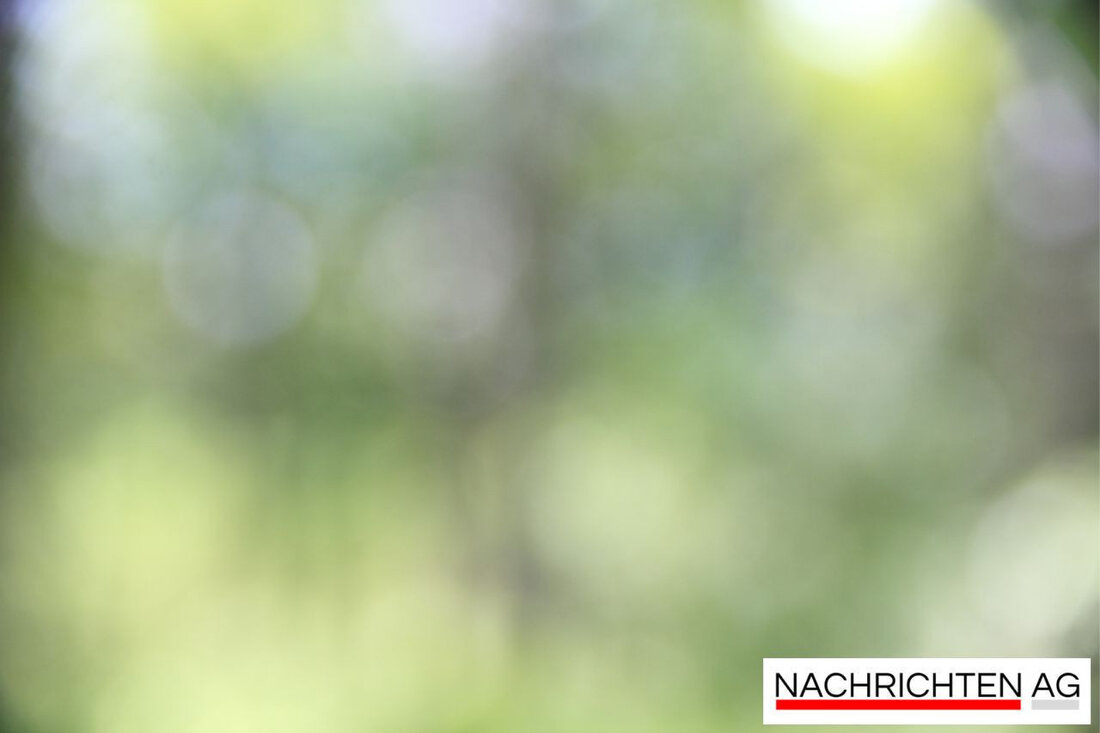Discovery of a 2,900 year old Maya site: Los Abuelos in Guatemala!
Discovery of a 2,900 year old Maya site: Los Abuelos in Guatemala!
Uaxactún, Guatemala - archaeologists have made an extraordinary discovery in northern Guatemala: a Maya site, which is around 2,900 years old, that bears the name "Los Abuelos" (the grandparents). This significant place extends over 16 square kilometers near Uaxactún, Province of Petén, and is considered one of the most important ritual centers in the region. The UNESCO World Heritage Site is around 40 kilometers south of "Los Abuelos" and illustrates the cultural and historical relevance of an area that was once the center of Maya civilization that extended through parts of Guatemala, Mexico and Belize.
The archaeologists, including researchers from Slovakia and Guatemala, made remarkable finds when digging the site. Among them are two anthropomorphic stone sculptures that are probably dedicated to the cult of the ancestors. These figures represent a couple, a man and a woman, and date from 600 to 400 BC. The approximately 1.5 meter high -seated sculptures were surrounded by deliberately broken ceramics, which indicates ritual practices.
ritual and architecture
The site "Los Abuelos" was used for ritual purposes over a period of around 1,000 years. Then she fell forgotten before it was used again around 800 AD. The remarkable architectural discoveries include an observatory, several pyramids, altars and fragments of steles and ceramics, all of which reflect the complexity and cultural wealth of Maya culture.
In addition to "Los Abuelos", the archaeologists also found significant finds in two other places, Petnal and Cambrayal. In Petnal, a 33 meter high pyramid stands out, the largest within the area examined. These discoveries illustrate how the Maya were organized in city -states without forming a centralized empire, and yet were associated with trade relationships and cultural hegemony.
cultural context of the Maya
The Maya lived in a complex social structure, shaped by hierarchies and various professions. They trade in agricultural products and manual products and have advanced knowledge of astronomy and mathematics. Their culture also included religious ceremonies, in which human sacrifices were often performed to pay homage to different gods, such as Chaac, the God of Rain, and Kukulkán, the feathered snake god.
The current finds not only contribute to the ritual life of the Maya, but also throw a light on its complex society, which was characterized by a rich tradition of rituals and cultural exchange. Archaeologists hope to get a clearer picture of this fascinating civilization through further excavations and research projects in the Maya area.
The discovery of "Los Abuelos" is another important step to appreciate the heir of the Maya and to secure its place in history. Experts and visitors are invited to learn more about this historical civilization that still lives in the region.
For detailed information on the discoveries, please visit Tagesspiegel and .
| Details | |
|---|---|
| Ort | Uaxactún, Guatemala |
| Quellen | |


Kommentare (0)